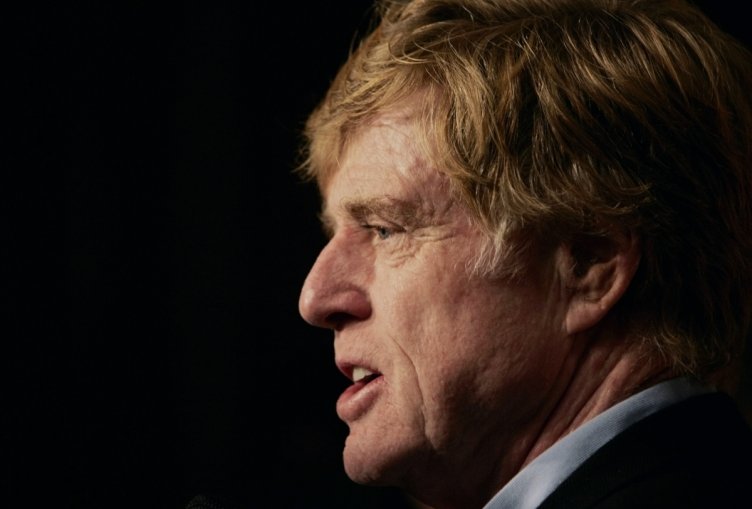How do Rather and Mapes view “Truth” as an examination of how news has evolved over the last decade?
The Killian Documents controversy in 2004 put the blogosphere and new media on the map in a new way. The story involved CBS producer Mary Mapes and anchor Dan Rather, who aired a feature about unverified documents that allegedly contained information regarding President George W. Bush’s military service record. Typographical analysis suggested some of the documents were forgeries, causing a media frenzy that took to new media on the internet as a means of amplifying its public scorn. Mary Mapes’ book, Truth and Duty: The Press, the President, and the Privilege of Power, gives her take on the way “Rathergate,” as it’s come to be known transpired, the process by which she and her team acquired intelligence, the pressures placed on her and Dan Rather by the studio and the news department, and the subsequent aftermath. With the title shortened simply to Truth (2015), the film version depicts the events of Rathergate from the beginning, with Cate Blanchett and Robert Redford playing the roles of Mapes and Rather.
At a panel following a screening of the film in New York City, Dan Rather stated that even though the film tells the story of the Killian Documents controversy, it speaks on a broader level to the way news media has changed in the 11 years since. “The film to a degree is about Mary and about myself and about former President George W. Bush, but I would say that the overarching thing in the film is to answer the question, what’s happened to the news,” Rather said. “We all know that news has been lowered, the standards have been lowered, the ethical standards have been lowered. I find people asking questions, what’s happened to the news?’ This film, if you see it as a microcosm, tells you what’s happening in the news, why it happened, and how it happened.”
Rather refers to the fact that a handful of major corporations control almost all of the news media in America. And those corporations, regardless of their political leanings, are in close relationships with the people in Washington. He feels the news media is now, more than ever, used to benefit those corporations and the government instead of providing a service to the country’s citizens.

“There was a time not long ago, and I’m saying until the late 1990s, with all the big corporations who did not control as much circulation then as they do now, news was considered to be a public trust operated in the public interest,” Rather continued. “The attitude was, ‘we’re here to make money,’ but with news, we view news in the public interest, view it as a public trust. If it makes money, fine, if it doesn’t, fine. It’s a public service. That all changed. What I didn’t understand—and I’m going to speak for Mary—don’t think she understood, is we were caught in the tidal wave of time when any thought of news as a public service disappeared.”
In other words, news had transitioned into a business like any other part of television production. It wasn’t about taking a leap of faith to give the public information they deserve. It wasn’t about uncovering hidden truths that, however uncomfortable, were in the best interest of the public to know. It became about generating ad revenue and facilitating a business model—and nobody told them.
Rather adds, “The whole history and tradition of CBS news of standing behind its reporters, that CBS news… being a kind of magical mystical kingdom where every correspondent was expected to be a journalistic knight and everybody in the corporation from the cafeteria to the janitor felt we had a mission, something bigger than ourselves, and that was to create a public service. What we didn’t realize quickly enough was how the environment has changed. Now if you look at the film, its narrative arc is not so much about the military service of George W. Bush, it’s driving home the point, the new reality is this alliance between very big international corporations and what the powers in Washington did to the news for their benefit.”
Rather views the film as a microcosm from 11 years ago which changed the meaning of what type of information counts as news, and how people want their news presented moving forward. It will likely be received both ways depending on who is watching: as a convincing portrayal of crusading journalists being smothered by big business and Washington politicians, and as a Hollywood glamorization of agenda-seeking liberal newspeople not upholding the standards they claim to respect so deeply.

